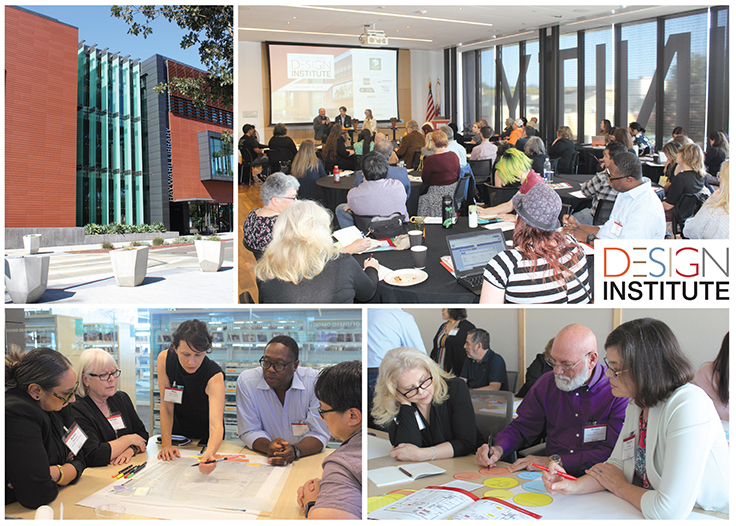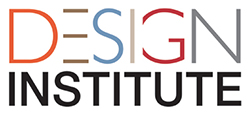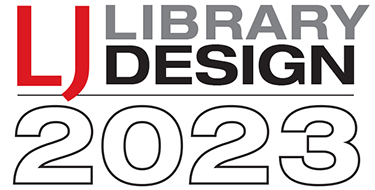Design
How old is your library? In 2021, the American Library Association reported that the average library building is over 40 years old and that the nation’s 17,000 public libraries would need approximately $32 billion dollars for construction and renovation over the next 25 years.
Spokane Public Library, WA, served as both host for Library Journal’s May 9 Design Institute and—using its creative and community-responsive systemwide redesigns and new construction as a jumping-off point—the inspiration for many of the day’s discussions. Fortunately, the conversation didn’t end there. LJ circled round with participants to find out what knowledge they brought back from Design Institute and what trends they think libraries looking to build, renovate, or retrofit their spaces should be keeping an eye on.
Design Institute Hayward looked at ways to design for inclusion, safety, sustainability, and extending a warm invitation to all.
At LJ’s 2023 Design Institute in Hayward, CA, held at the Hayward Public Library on September 28, five libraries in California and New Mexico enlisted architects and attendees to brainstorm on upcoming library design challenges.
A palpable sense of celebration and cultural sensitivity is evident through color, choice of fabric, and the architectural program. These renovations and builds are anything but utilitarian, incorporating thoughtful details like imagery, materiality, and type into their spaces.
Trends in meeting and reading rooms suggest attention to shifts in remote and hybrid work environments. Built-in shelves, long wooden tables with integrated lighting, and classic wooden chairs make a comeback with contemporary twists.
Gone are the rows upon rows of tall, fixed shelving in large, open areas. Custom-designed, small-scale shelving offers variety, sightlines, flexibility, and enhanced wayfinding, refining and evolving the concept of flexible, modular zones.
A vibrancy of colors can be seen among the new builds and renovations. Pastels merge with saturated primary colors; lush organic hues and shapes fill reading nooks; and bold colors mark service areas and desks, key spaces to congregate, or alcoves to retreat into.
ALREADY A SUBSCRIBER? LOG IN
We are currently offering this content for free. Sign up now to activate your personal profile, where you can save articles for future viewing









